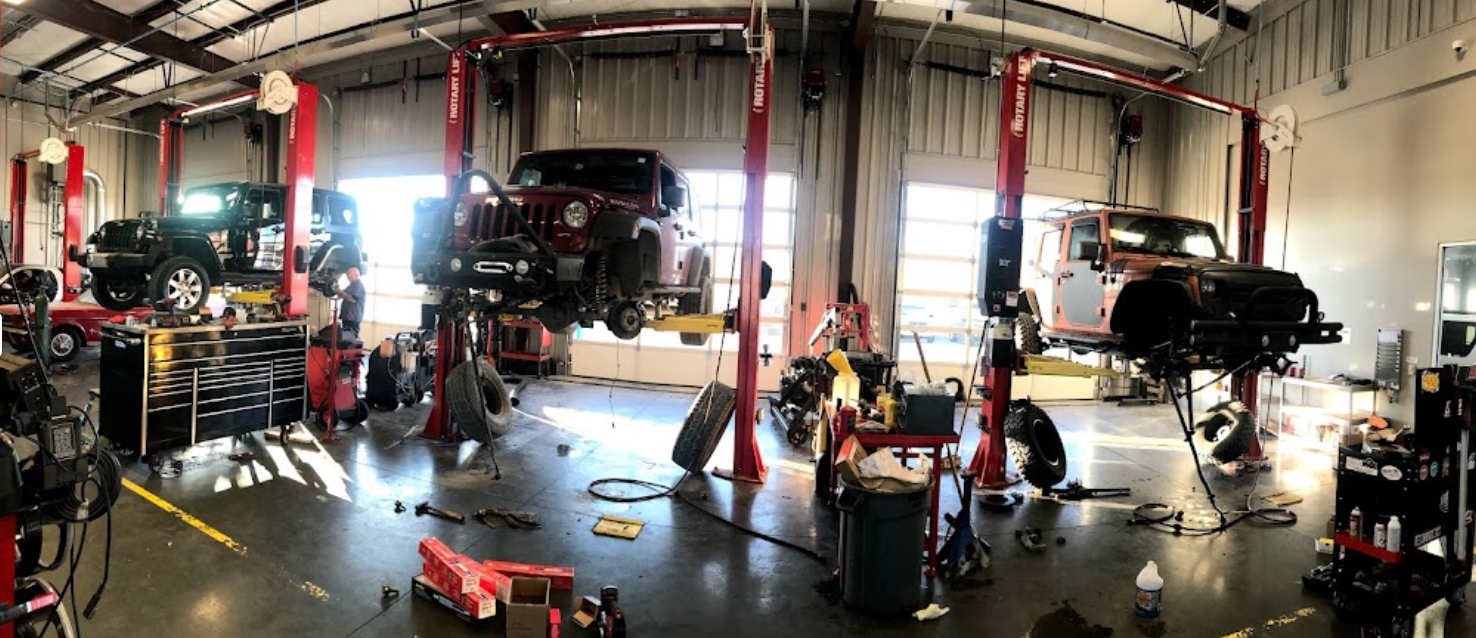Part of the problem is our industry’s image and the way that technicians are represented in popular culture.
By David Rogers
Is the Tech Shortage The New Norm?
In late 2020, the TechForce Foundation released their annual study of the technician shortage, and put a number to what every owner has noticed every time they’re trying to hire a new tech: the industry will need 642,000 new technicians by 2024.
This is far from a new problem. Techs have been leaving the industry – either retiring or changing careers – faster than they could be replaced for years. But the size of the shortage and the rate at which it’s getting worse are both shocking.
All of which begs several important questions: is this the new normal? What can the industry do to combat this problem? And perhaps most importantly, what can individual shop owners do to deal with the tech shortage?
First, I think it’s critical to cover how the industry wound up here, because this is a problem with two different fronts. Part of the problem is our industry’s image, and the way that technicians and repair shops are presented in popular culture. Every time we’re presented as part of a criminal enterprise, every time we’re shown as crooked on the evening news, another kid is taught that auto repair isn’t a legitimate career. These portrayals have absolutely played a part in slowing the supply of kids taking classes in high school, of entering trade schools, and of eventually becoming techs.
But we’re kidding ourselves if we chalk up the whole problem to the nightly news or Hollywood. Because making sure technicians were treated as thoughtful, intelligent, hard-working men and women who deserve the kind of pay and respect given to skilled tradesmen is the responsibility of shop owners, and one that many shop owners have been negligent in performing.
Which is why the tech shortage isn’t only a problem of not enough new techs entering the industry, but also of techs leaving, often angrily, and almost always permanently.
So when I pose the question “what can the industry do to combat this problem,” I want to be crystal clear there is no solution to the tech shortage that doesn’t run through better treatment and better pay of technicians. Top techs spend years training and honing their skills, invest tens of thousands of dollars in tools, and need a career that gives them the opportunity to earn compensation for their dedication and sacrifice.
Ultimately, then, fair treatment of technicians becomes something of a math equation.
If top technicians are going to earn over $100,000 – and that’s a fair expectation for employees who invest as much time and money into their career, and who produce as much for the business as top techs do – then the discussion needs to turn to how the shop can help the technician reach that level of compensation.
And it’s at this point, that I want to make it clear that any solution here has to keep all sides of the Shop Management Triangle equal.
I teach my consulting clients to think of shop management as a triangle, where all three sides are equally balanced between customer, employee and company. In construction, an equilateral triangle is one of the strongest structures you can build with. But shorten one side to lengthen another and the whole structure is less stable, and more prone to collapse.
In other words, if top technicians are going to earn above the $100,000 mark, it can’t be because we took advantage of customers, because we’ll lose their business. It can’t be because the business suffered, because if the business isn’t profitable, and the pay opportunities for tech will be short-lived. In either case, the whole triangle will collapse.
So, what’s the solution that keeps the management triangle in balance? Shops must improve both their efficiency and profitability. Top techs are capable of billing more hours than they work. All of their training, tools, skills and drive means that they can reliably beat book time. But if we weigh them down with poor procedures, saddle them with inefficient software, and slow them down with outdated policies, they have to spend their most precious resource – time – on the least productive parts of their job.
Which really gets to the heart of the tech shortage. Who wants to spend years training, apprenticing, studying for certifications, and acquiring tools and knowledge only to gain access to a career where your income is destroyed by inefficiencies baked into the system at every turn?
We have the answer to that question, and it appears at least 642,000 technicians have said “not me!”
But that only solves half of the problem. Because at some point, techs will be at max efficiency, and if the shop isn’t as profitable as possible, then the shop still won’t be able to compensate top techs what they’re truly worth.
As the tech shortage worsens, the importance profitability will only increase because we’ll be less and less able to grow shops by simply adding techs.
I opened with some questions: is this the new normal? What can we do about the issue? And to the former, the answer is: it doesn’t have to be. Because the answer to the latter is: we can solve our industry’s inefficiency and profitability problems.
In our shop and our client shops, we’ve been able to remove the bottlenecks in the production pipeline that keep techs from billing more hours. The results are significant. Shops on Shop4D® bill more than half an hour more per vehicle on average.
But just as importantly, those same shops have been able to increase their profits. This is partially due to billing more hours with the same or fewer techs, of course, but it’s also by being able to support those techs with less administrative and office staff.
Those kind of efficiency and profitability gains – through better procedures and processes, eliminated busy work, streamlined inspections and estimates, better optics, and direct access to training and solutions – mean that shops can keep the management triangle in balance even as top techs can get their income to where they expect it to be: over $100,000.
But just as importantly, those efficiency improvements mean that when shops can’t find their next technician, they can still grow. If you can bill more hours without adding more employees, your shop is better prepared for the worsening technician shortage.
There’s no sugar-coating the worsening technician shortage. An industry being short 642,000 critical employees is nothing other than a catastrophe.
But if we learn from this – we take to heart what departing techs are telling us about their frustration with compensation, we look at how we’re portrayed in the media and actively work to improve that perception, and we remove the inefficiencies that keep us from being successful – this doesn’t have to be the new normal.
As originally published in Shop Owner Magazine

